General Tso Wasn't a Chicken: 16 Fun Facts About Chinese Food
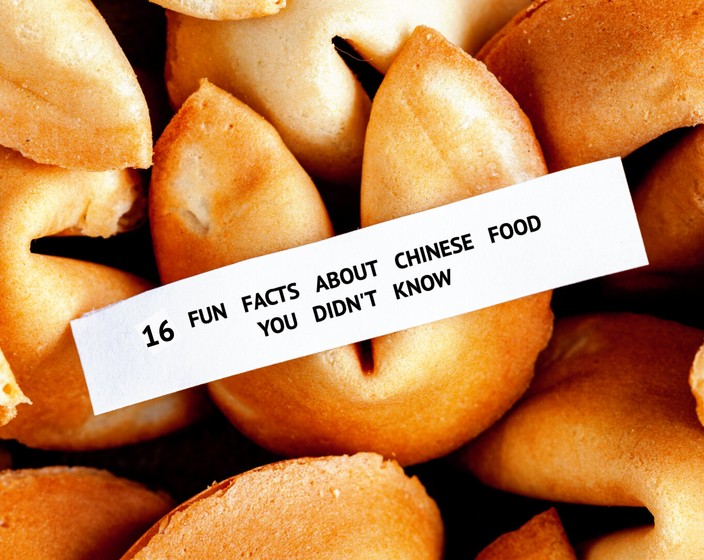
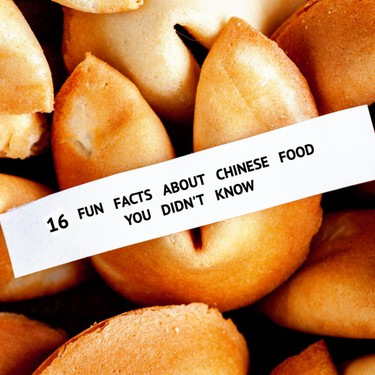


Chinese cuisine has earned global love with a long history, rich traditions, various cooking styles, and unique features. Chinese food has undergone some significant tweaks and changes while gaining popularity outside of China. As well as inevitably generated a lot of exciting stories, genius inventions, and even historical events.
Here are some of the most interesting and fun facts about Chinese food you probably didn’t know.
You might disagree and argue that Italian pizza or American cheeseburgers are more popular than General Tso’s chicken and chow mein. According to an international YouGov study, Italian cuisine took the top spot closely followed by Chinese.
But if we consider how Chinese food has blended into and influenced other cuisines and how quickly it has become our favorite takeout option, there’s no doubt that it’s the most successful. Chinese chefs put the POW in Kung Pao.
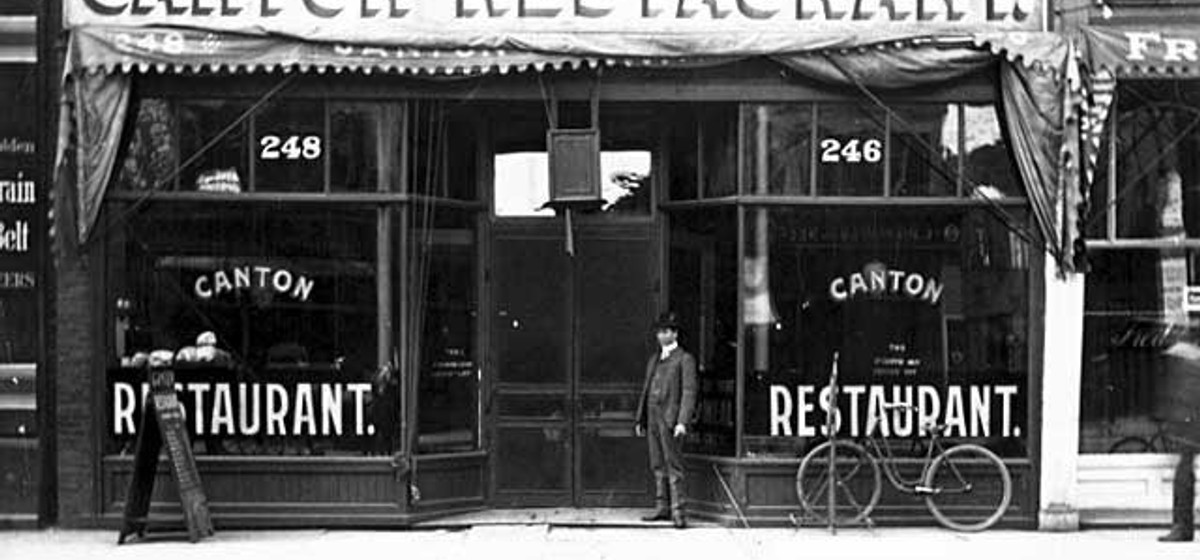
The first Chinese restaurant in America, Canton Restaurant, opened in San Francisco in 1849. With the growing population of Chinese immigrants, mainly from Canton (Guangdong) province, more Chinese food places opened by the late 1800s. The 19th-century version of modern-day hipsters loved Chinese flavors tweaked to fit American palates and quickly popularized dishes like chop suey and egg foo young.
First, let’s make some things about the Chinese takeout bestseller clear:
More known as Zuo Zong Tang 左宗棠, General Tso is a famous Qing dynasty (1644-1912) statesman and military hero born in Hunan province. He is particularly renowned for putting an end to the Taiping Rebellion - the unsuccessful war against the Qing by a self-proclaimed second son of God and baby brother of Jesus (not joking).
Now, what does all of this have to do with chicken? Let’s go to China circa the late 1940s.
A Hunan-born Peng Chang-Kuei was a head chef for the Nationalist Party of China. And after the Nationalists lost to Mao’s Communists in 1949, chef Peng fled with them to Taiwan. And there, sometime in the 1950s, he first named a chicken dish he invented General Tso’s chicken. Peng was born in the same city in Hunan province as the legendary General Tso and simply wanted to honor the national hero.
The original dish he created back in Taiwan was nothing like the sweet and sour sticky chicken we know and love. It had traditional Hunanese flavors and wasn’t at all sweet.
Chef Peng left Taiwan and went to New York in 1973, where he opened his first Hunanese food restaurant on 44th Street. It was then that he started adapting original recipes and added sugar to General Tso’s chicken for the first time.
Hunanese cuisine was not known in the United States at the time, but the restaurant’s location and Peng’s cooking brought it to public notice.
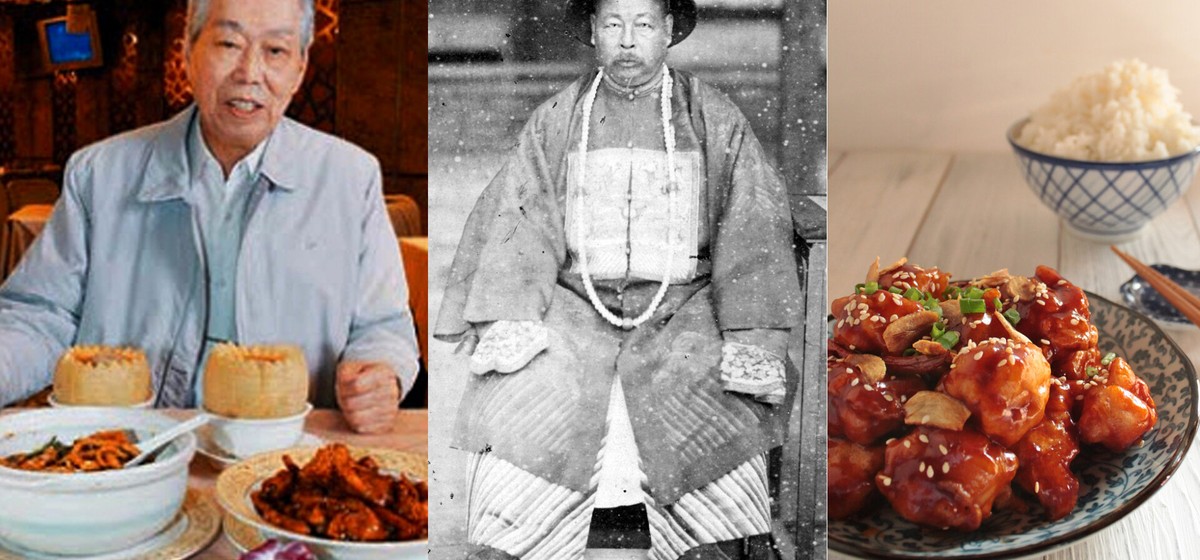
The restaurant was located close to United Nations Headquarters and attracted the attention of some UN officials, including the American Secretary of State at the time, Henry Kissinger. Kissinger loved the food and ate at Peng’s restaurant every time he was in New York. Later two even became good friends.
Peng sold his New York restaurant in the late 1980s and returned to Taipei, where he founded the now-famous restaurant chain Peng’s Garden Hunan Restaurant. He later returned to his native city of Changsha and even tried offering General Tso’s chicken to locals of Hunan, but the dish never became popular there.
However, his New York restaurant and General Tso’s chicken popularity had an enormous impact on Chinese American cuisine and resonated all over the United States.
Chef Peng Chang-Kuei died in 2016 at the age of 98 from pneumonia.
There are an estimated 50,000 Chinese restaurants in the United States.
A crunchy vanilla-flavored cookie containing a tiny slip of paper with a short fortune universally associated with Chinese restaurants by Americans is not native to China.
According to Jennifer 8. Lee, author of The Fortune Cookie Chronicles: Adventures in the World of Chinese Food, fortune cookies originated in Japan and are known as “tsujiura senbei,” or “fortune cracker.” They arrived in the United States along with Japanese immigrants in the late 1800s.
At the time, America wasn’t yet open to the idea of eating raw fish common in Japanese cuisine. So many Japanese opened Chinese restaurants instead, given the wave of popularity of dishes like chop suey and chow mein. Many restaurants started offering fortune cookies with the check to satisfy Americans’ expectations to finish a meal with dessert.
After Pearl Harbor in 1941, when Japanese Americans were sent to internment camps, many Japanese-owned Chinese restaurants started to close or change ownership. The fortune cookie production and the cookie itself, at this point, quietly became Chinese by default.
Opposite to its dictionary definition, dim sum has a much deeper meaning than simply “small steamed snacks and dumplings.” The magical combination of two characters can be translated as “touching heart,” “delicate dish,” referring to easing one’s hunger.
Dim Sum or Yum Cha tradition began thousands of years ago in tea houses along the Silk Road. You can learn more about the delicious Cantonese dim sum dishes here.
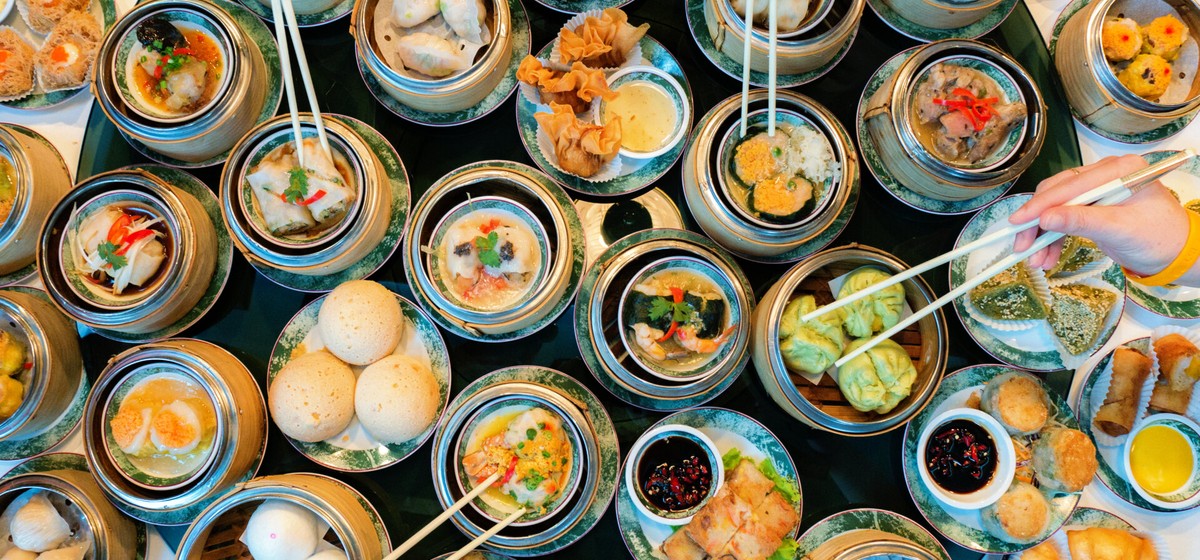
Another Chinese takeout menu classic, Chop Suey, did not originate in China. In fact, it has two contradicting origin stories.
A Chinese diplomat visiting the city and hosting dinner for his American guests was worried that traditional Chinese food wouldn’t appeal to them. So, he asked his chef to create something that would satisfy both Chinese and American taste buds, and chop suey was born.
One late evening a group of drunken miners showed up at a Chinese restaurant and demanded food. The restaurant was about to close and didn’t have any food left. In fear of getting beat up, the cook threw leftovers and scraps into a wok and served them to the miners. They loved it and asked him the name of the dish; he replied, “chop suey.”
The less fun but more believable version is that chop suey is simply another Chinese American dish adaptation. Chop suey is most likely coming from Cantonese 杂碎 “tsap seui” or “za sui” in Mandarin, simply meaning “assorted leftovers.”
Nixon’s week-long trip to China in 1972 was unprecedented. All America was interested in both the president’s speeches and the unfamiliar food he was served at lavish banquets.
For his first dinner in China, the menu featured shark’s fin soup, steamed chicken with coconut, and almond junket (a type of pudding).
The constant media coverage caused many Americans to try “authentic” Chinese dishes. In less than 24 hours, New York restaurants recreated the dishes served to Nixon in Beijing and were ready to satisfy American curiosity.
Chinese takeout is the most popular food on Christmas day in America. It became a tradition among non-Christian communities to have Chinese for dinner on that day.
The famous Chinese takeout container is as Chinese as the chocolate chip cookie.
It was invented by a Chicago native Frederick Weeks Wilcox based on the principles of Japanese origami. Wilcox patented his invention as a “paper pail” on April 29, 1890.
The four emojis representing Chinese food are the Chinese takeout container, a pair of chopsticks, a fortune cookie, and a mooncake.
Duck sauce packets you get to go with spring rolls, crab rangoon, and other fried Chinese takeout menu items are foreign to people from China and most West Coast folk.
Back in 2011, two American expatriates opened “Fortune Cookie” - an American-style Chinese food restaurant for those living in China and missing Chinese food.
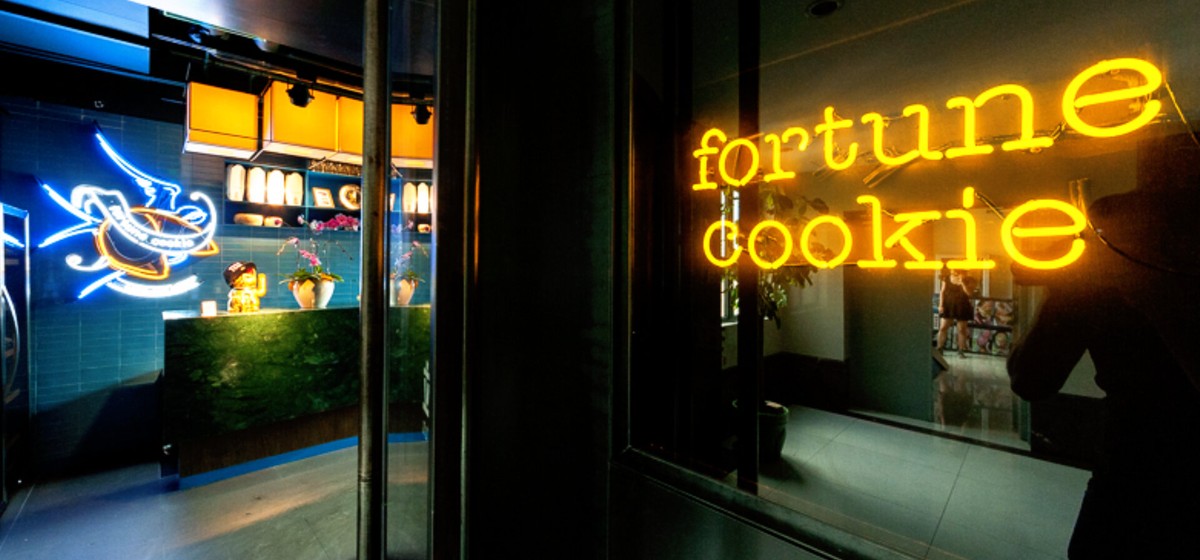
The restaurant offered classic Chinese takeout dishes like General Tso’s chicken, beef and broccoli, crab rangoon, and more. They even delivered in the nostalgia-inducing takeout containers and served fortune cookies with the bill.
It was a success in the expat community but only lasted four years, closing its doors when the owners decided to go back to the United States.
Do not believe the “no MSG” hype.
MSG, or monosodium glutamate, is a flavor-boosting additive. And before it started to be associated with Chinese food, you’ve already been consuming it with sauces, condiments, bacon, potato chips, and many other foods.
Char Siu, or Chinese BBQ pork, is one of the most popular Cantonese dishes. Despite its fantastic reputation in the culinary world, it is no compliment being compared to it.
The classic Cantonese phrase 生嚿叉燒好過生你 translates to “Giving birth to a piece of char siu is better than giving birth to you.” Every Hongkonger has heard that from their mother at least once.
Parents use the phrase to scold their children when they are lazy or not doing well at school.
Like the famous Nestle Tollhouse cookies were a delicious culinary accident, boba tea also wasn’t planned.
Bubble tea drink was a product of an experiment encouraged by Chun Shui Tang teahouse in Taiwan. One of the employees, the vice president, put tapioca balls into his milk tea, and the famous boba drink was born.